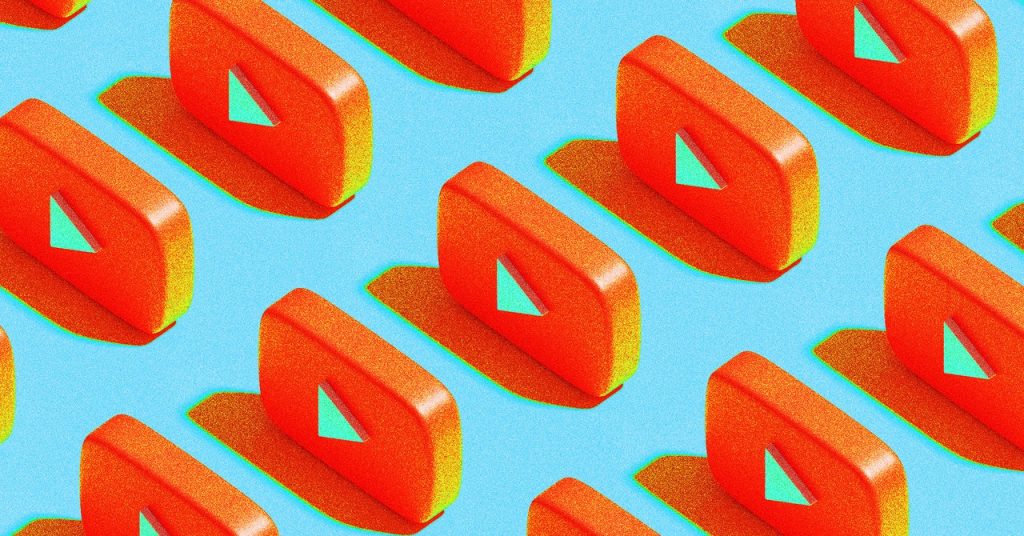YouTube’s Updated Policy on AI-Generated Content: What It Means for Creators and Viewers
In response to the growing prevalence of AI-generated content, YouTube has recently updated its guidelines to address the use of artificial intelligence in video creation. The new policy aims to strike a balance between fostering innovation and maintaining the platform’s integrity, particularly when it comes to content aimed at children.
Disclosure Requirements for AI-Generated Content
Under the updated rules, creators are required to disclose the use of AI in their videos if the altered media is “realistic” and could potentially mislead viewers. For instance, if a video depicts a real building catching fire or a celebrity appearing to say something they never actually said, the creator must clearly indicate that the content has been generated or manipulated using AI.
However, there are some exceptions to this disclosure requirement. Minor edits that are primarily aesthetic, such as the use of beauty filters or audio and video cleanup, do not need to be flagged as AI-generated. Similarly, creators are not obligated to disclose the use of AI for generating or improving scripts or captions.
The Impact on Children’s Content
One area of concern is the potential impact of AI-generated content on children’s programming. YouTube’s new policy allows for the use of AI in creating animated content without requiring disclosure, which means that creators can continue to produce videos aimed at children without having to reveal their methods. This puts the onus on parents to identify AI-generated cartoons and assess their quality and suitability for their children.
The exemption for animation in YouTube’s policy could make it challenging for parents to filter out AI-generated content or prevent the platform’s recommendation algorithm from autoplaying these videos after their children have watched well-established and vetted channels like PBS Kids or Ms. Rachel.
The Rise of Low-Quality AI-Generated Content
While low-quality content has always been present on YouTube, the advent of generative AI tools has lowered the barrier to entry for video production, leading to an acceleration in the creation of subpar content. This is particularly evident in the realm of children’s programming, where some channels appear to be using AI video-generation tools to produce generic 3D animations and poorly executed iterations of popular nursery rhymes.
Although problematic AI-generated content aimed at children does require flagging under the new rules, most of the apparently AI-generated children’s content found on YouTube so far has been poorly made in ways similar to conventional low-effort kids’ animations. They often feature unappealing visuals, incoherent plots, and little to no educational value.
The Need for Parental Vigilance
As AI tools make it easier to produce content in greater volumes, parents must remain vigilant when curating content for their children on YouTube. While the platform offers a dedicated YouTube Kids app that uses a combination of automated filters, human review, and user feedback to identify well-made children’s content, many parents still rely on the main YouTube app to find suitable videos for their kids.
Requiring labels on AI-generated kids content could help parents filter out cartoons that may have been published with minimal—or entirely without—human vetting.
In light of YouTube’s updated policy on AI-generated content, it is more important than ever for parents to actively monitor and assess the quality and suitability of the videos their children consume on the platform.

5 Comments
Isn’t it a bit naive to think cartoons won’t be manipulated in some way
Just great, now cartoons will need a disclaimer: “No virtual characters were harmed in the making.
Well, that sounds like a perfectly safe idea with no potential issues whatsoever!
Oh, because kids’ ability to discern reality definitely won’t be muddled by deepfake cartoons, right
What could possibly go wrong with letting deepfakes slide in children’s cartoons